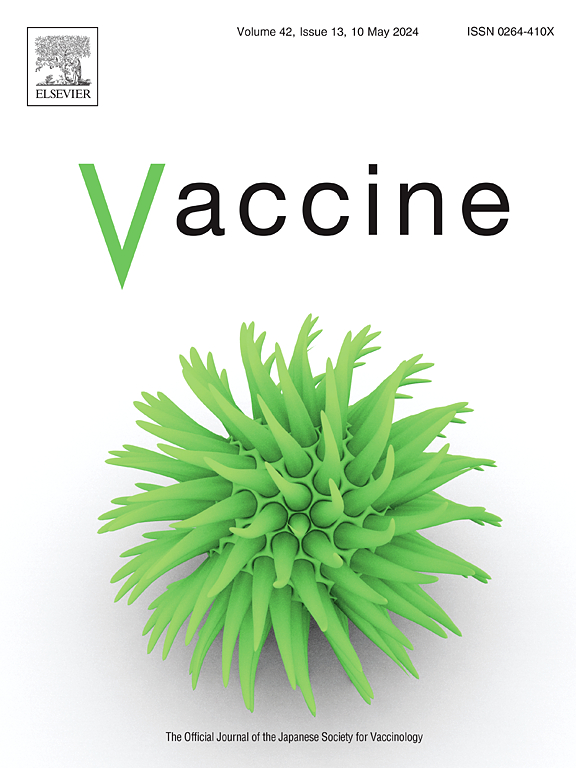评论:NIAID合作流感疫苗创新中心(CIVICs)内临床前和临床疫苗开发公共数据共享过程
IF 4.5
3区 医学
Q2 IMMUNOLOGY
引用次数: 0
摘要
2019年冠状病毒病(COVID-19)大流行加强了研究人员之间以及数据存储库之间快速数据共享和传播的努力。研究人员和研究优先考虑数据共享,这增加了对SARS-CoV-2病理的了解。最终,这种最大化协作和数据传播的努力导致了mRNA疫苗的开发。这一成功的努力突出了数据共享和实施数据管理政策的重要性,包括美国国立卫生研究院(NIH)的《2023年数据共享政策》。此外,国家过敏和传染病研究所(NIAID)资助的合作流感疫苗创新中心(CIVICs)等项目在统计、数据管理和协调中心(SDMCC)及其数据标准的帮助下,对该政策进行了beta测试,并认为它很有用。然而,这一过程也引发了有关未来数据共享的潜在改进和优化的相关讨论。在这里,我以CIVICs数据共享报告标准和过程作为数据共享的例子,并提出后勤改进建议,为疫苗界提出一个装备更完善的模型。本文章由计算机程序翻译,如有差异,请以英文原文为准。
Commentary: Processes of pre-clinical and clinical vaccine development public data sharing within the NIAID collaborative influenza vaccine innovation centers (CIVICs)
The 2019 coronavirus disease (COVID-19) pandemic increased efforts for rapid data sharing and dissemination among researchers as well as to data repositories. Researchers and studies prioritized data sharing, which increased understanding of SARS-CoV-2's pathology. Eventually, this effort to maximize collaboration and data dissemination, led to the development of mRNA vaccines. This successful effort has highlighted the importance of data sharing and the implementation of data management policies, including the National Institutes of Health's (NIH) Data Sharing Policy of 2023. Moreover, programs such as the National Institute of Allergy and Infectious Diseases (NIAID) funded Collaborative Influenza Vaccine Innovation Centers (CIVICs), have beta-tested this policy, with the help of the Statistical, Data Management and Coordination Center (SDMCC) and its data standards, and deemed it useful. However, the process has also initiated pertinent discussion on potential improvements and optimizations for the future of data sharing. Here, I use the CIVICs data sharing reporting standards and process as a data sharing example, and suggest logistical improvements to propose a better-equipped model for the vaccinology community.
求助全文
通过发布文献求助,成功后即可免费获取论文全文。
去求助
来源期刊

Vaccine
医学-免疫学
CiteScore
8.70
自引率
5.50%
发文量
992
审稿时长
131 days
期刊介绍:
Vaccine is unique in publishing the highest quality science across all disciplines relevant to the field of vaccinology - all original article submissions across basic and clinical research, vaccine manufacturing, history, public policy, behavioral science and ethics, social sciences, safety, and many other related areas are welcomed. The submission categories as given in the Guide for Authors indicate where we receive the most papers. Papers outside these major areas are also welcome and authors are encouraged to contact us with specific questions.
 求助内容:
求助内容: 应助结果提醒方式:
应助结果提醒方式:


